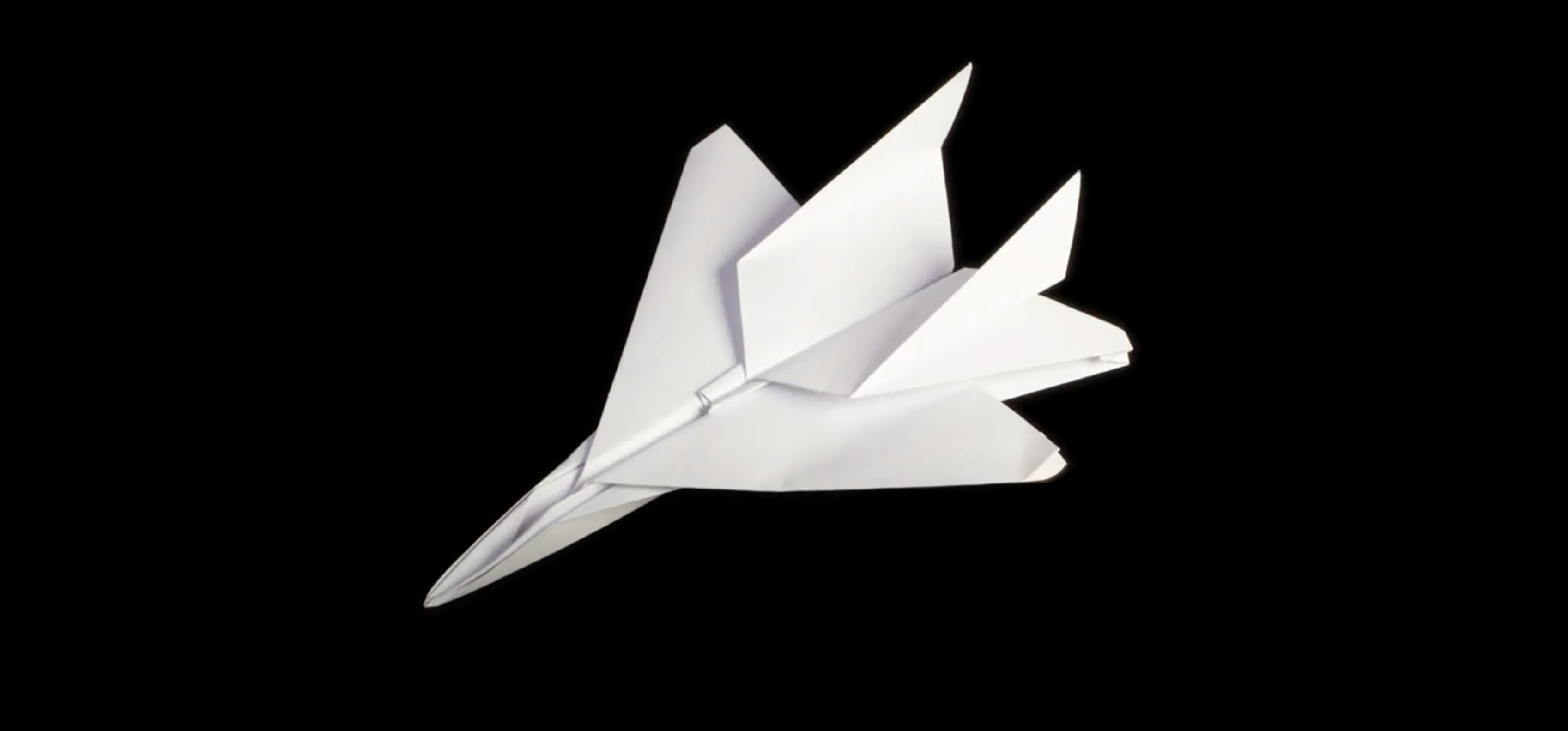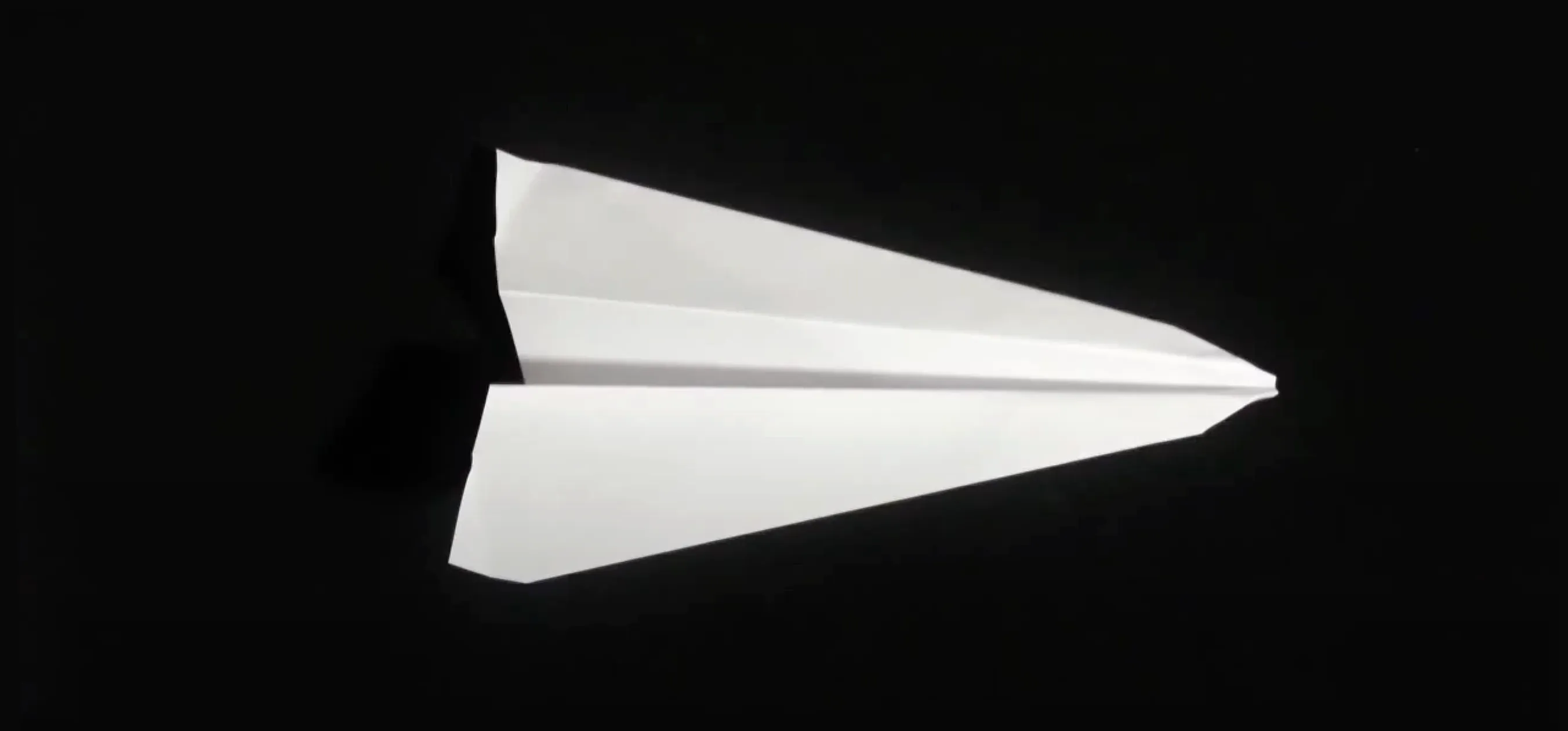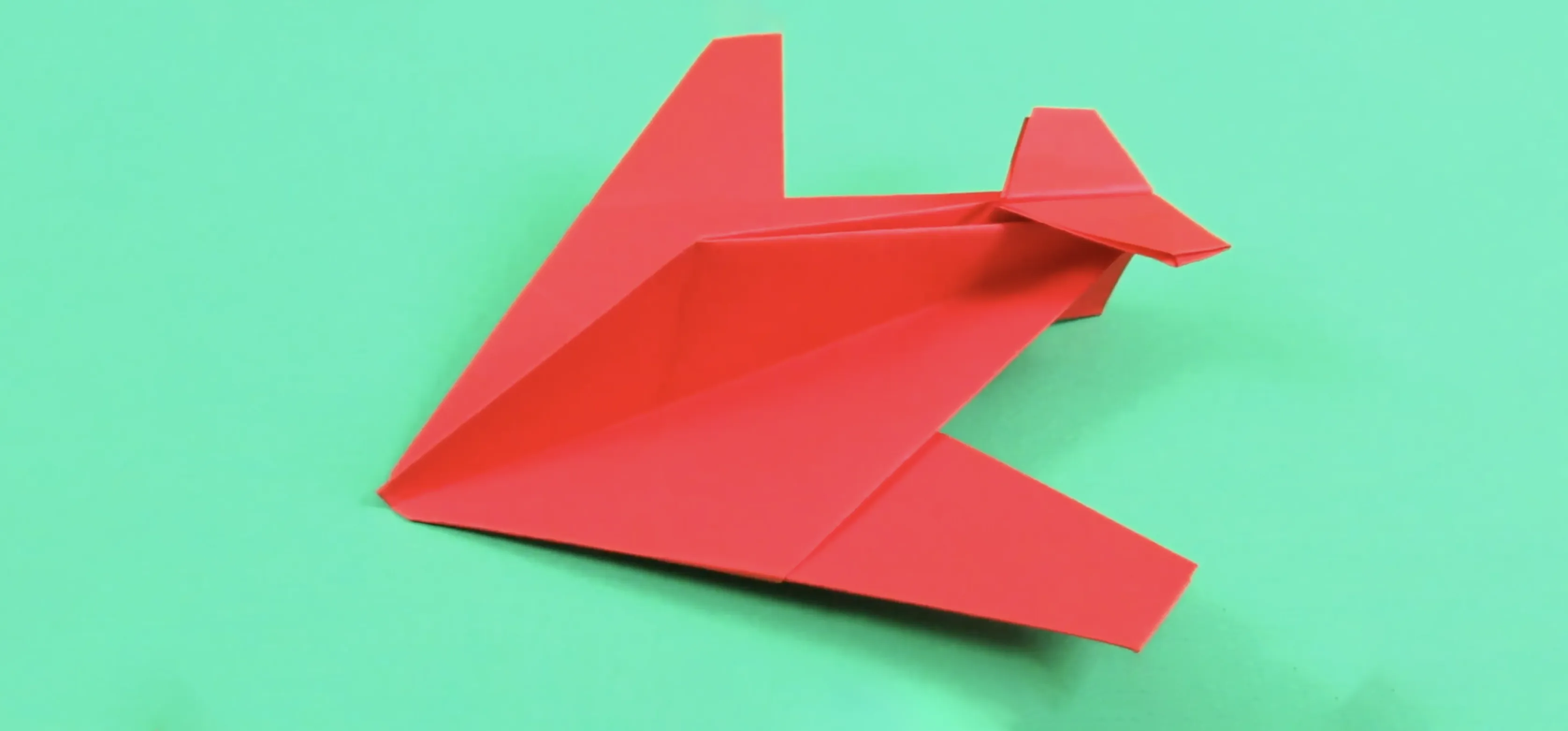A lot of people that are new to Origami struggle with the choice of paper. Some even give up folding all together because they use the wrong material! But this guide will help you find the paper you need for that cool design you always wanted to try.
It all boils down to three simple steps:
- Look at your models requirements
- Look at your papers properties
- Use the best match
Check the requirements of your model
Good instructions suggest what kind of paper to use. You really should go with the suggested paper since the designer of the model has a deeper understanding of his model than the reader.
If the designer does not recommend any paper we can look for final pictures of the model we want to fold on sites like flickr. Most origami-pictures will tell you what kind of paper was used - or you can tell by the picture. If you like the result you see, go with that paper.
General speaking the more complex a model is, thethinner and largeryourpaper needs to be. Complexity usually creates more creases, thus making it necessary to have paper that can be creased often, even if several layers are on top of each other.
Thicker paper has it's place when it comes to models that are wet-folded and/or should be stable and durable.
Check your Paper
Paper has various properties - like thickness, colour and size. So taking a closer look at the paper before folding is a good idea.
What to look for
- thickness/weight (usually in [g/m²])
- tear strength
- size
- colour
- shape (most origami asks for a square)
What to avoid
- paper that can't hold a crease (like toilet paper)
- paper that tears really easy (like toilet paper)
Bottom-line: Don't use toilet paper.
Common papers
Printer Paper is really good for beginners because it's a compromise between most of paper's properties and it is easily acquired. With 80g/m² it's neither really heavy nor really light. It keeps creases really well and does not tear too easily.
Kami or "Origami Paper" is what most crafting stores will sell you if you're asking for paper to fold. It comes all ready cut into squares. Variants with white backside, as well as dual colour or double colour are available. Depending on your source it might be a little expensive. I can recommend the brands Toyo and Koma which both produce paper of really good quality.
Double tissue is a paper for experts. Most folders make it by themselves by gluing two layers of tissue paper together (hence the name).
Fold!
After all that paper science it's finally time to fold. You'll see that, especially at a beginner level, your paper choice is quite easy: 95% of the easy models can be folded with printer paper. Just don't use a small sheet and you'll be good to go. If you can get it and want to spend the money on it, prefer Kami - it is thinner and stronger and you don't need to cut it into a square.
























Comments
Be the first, drop a comment!